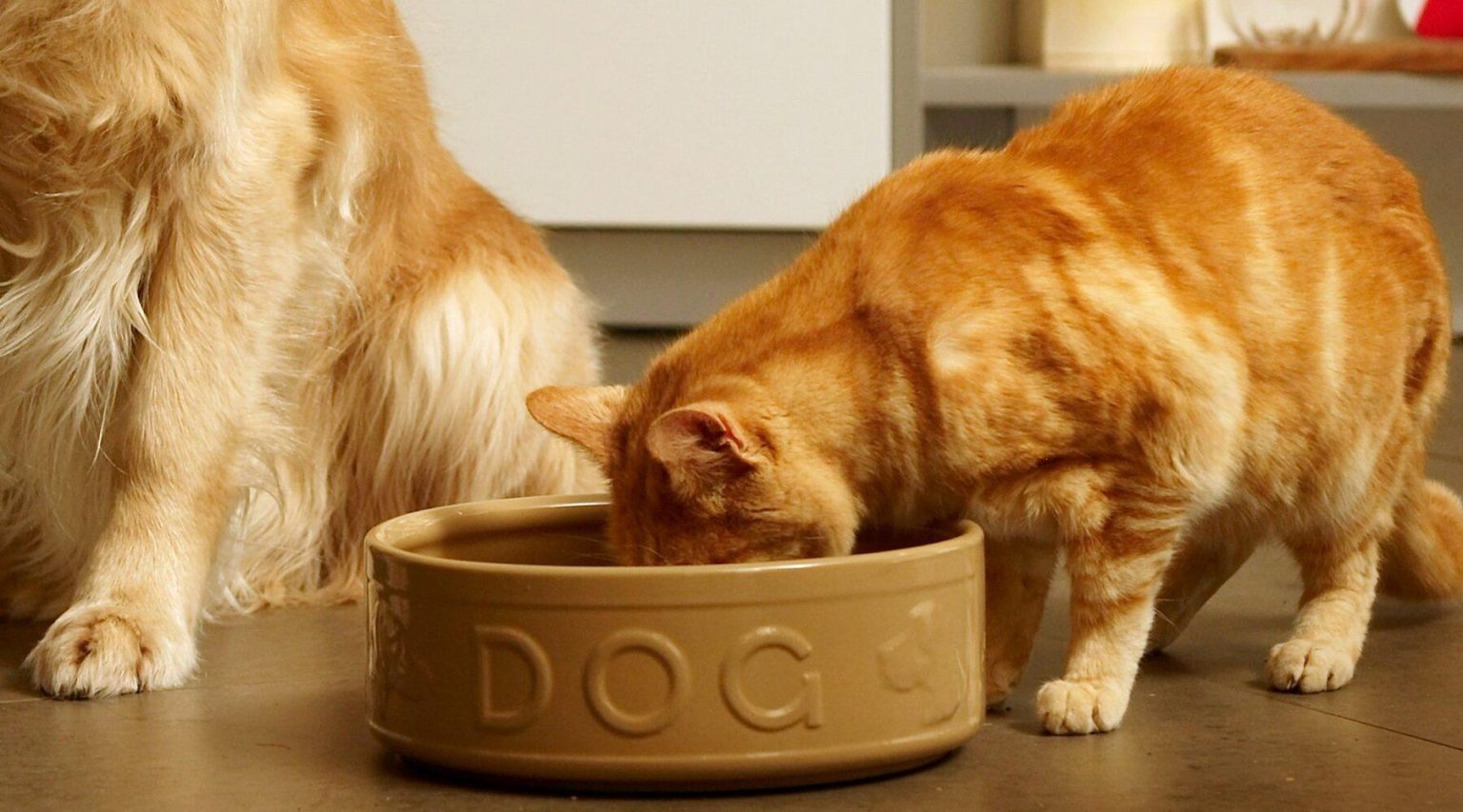As a cat owner, you might have experienced that moment of panic when you catch your feline friend indulging in something they shouldn’t—like a bowl of dog food. It’s a scene that can spark a mix of curiosity and concern: Is it safe for cats to eat dog food? What potential risks are involved? In this article, we’ll explore the reasons why your cat might be drawn to dog food, the nutritional differences between the two, and what you should do if your kitty has taken a few bites.
By the end, you’ll have a clearer understanding of how to keep your pet healthy and happy, ensuring that their diet is tailored to their unique needs. Let’s dive in and find out what you need to know about this common pet food predicament!
Table of Contents
- Understanding Why Cats Might Eat Dog Food
- Analyzing the Nutritional Differences Between Cat and Dog Food
- Identifying Potential Risks for Your Feline Friend
- What to Do If Your Cat Eats Dog Food: Tips for Pet Owners
- Q&A
- Wrapping Up
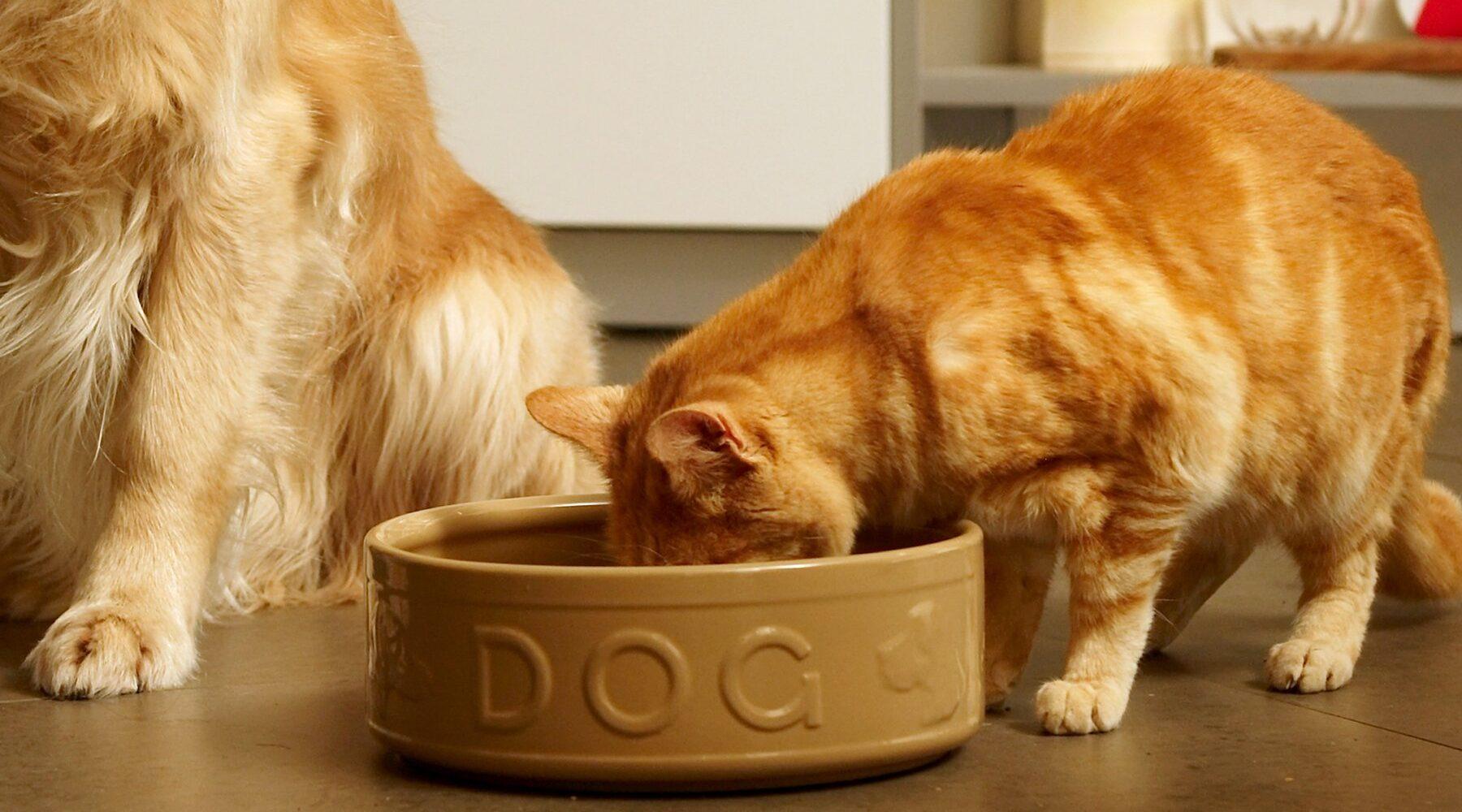
Understanding Why Cats Might Eat Dog Food
Cats are curious creatures, and their inclination to nibble on dog food can stem from a variety of reasons. One primary factor is the different nutritional needs between cats and dogs. While dog food is designed to meet the dietary requirements of canines, it often lacks certain essential nutrients that felines need, such as taurine, arachidonic acid, and vitamin A. However, some cats are naturally attracted to the smell and taste of dog food, which may prompt them to enjoy an occasional snack. It’s not unusual for a cat to show interest in their canine companion’s meal, especially if they are in a multi-pet household.
Moreover, the texture and flavor of dog food might appeal to some cats, adding to their curiosity. If a cat is experiencing boredom or is not getting enough stimulation, they may seek out alternative food sources as a way to satisfy their hunger or curiosity. In a few cases, dietary deficiencies can drive a cat to explore foods lacking in their regular diet. It’s important for pet owners to provide a balanced diet tailored for felines and monitor any unusual eating behavior. Remember that while a few bites of dog food are unlikely to harm your cat, consistent consumption can lead to nutritional imbalances over time.
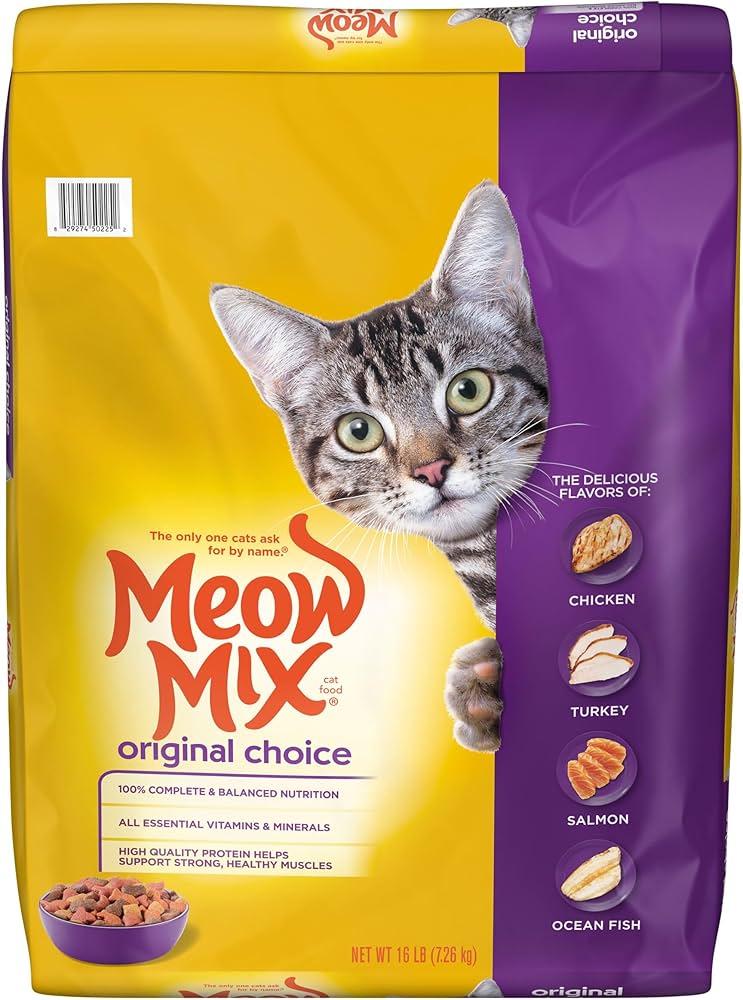
Analyzing the Nutritional Differences Between Cat and Dog Food
When considering the nutritional profiles of cat and dog food, it’s essential to recognize that these two species have markedly different dietary requirements. Cats are obligate carnivores, requiring a diet rich in protein and specific nutrients like taurine, arachidonic acid, and vitamin A, which they cannot synthesize on their own. In contrast, dogs are more omnivorous, able to derive nutrients from both animal and plant sources. Their food is often formulated to include a balance of protein, carbohydrates, and fats, making it suitable for their more flexible dietary needs.
To illustrate the crucial differences, here’s a quick comparison of some key nutritional components:
| Component | Cat Food | Dog Food |
|---|---|---|
| Protein Content | 30-45% | 18-30% |
| Taurine | Essential | Not required |
| Carbohydrates | Low (5-10%) | Moderate (30-50%) |
| Fat | 20-30% | 10-15% |
Given these differences, feeding your cat dog food occasionally is unlikely to cause immediate harm, but it should not become a regular habit. The insufficient levels of essential nutrients in dog food can lead to health issues over time, such as taurine deficiency in cats. Therefore, if your cat has snuck a bite of dog food, keep an eye on their behavior and health, and consult your veterinarian if you notice any unusual symptoms. Remember, while sharing is caring, providing the right food for each pet is crucial for their long-term well-being!
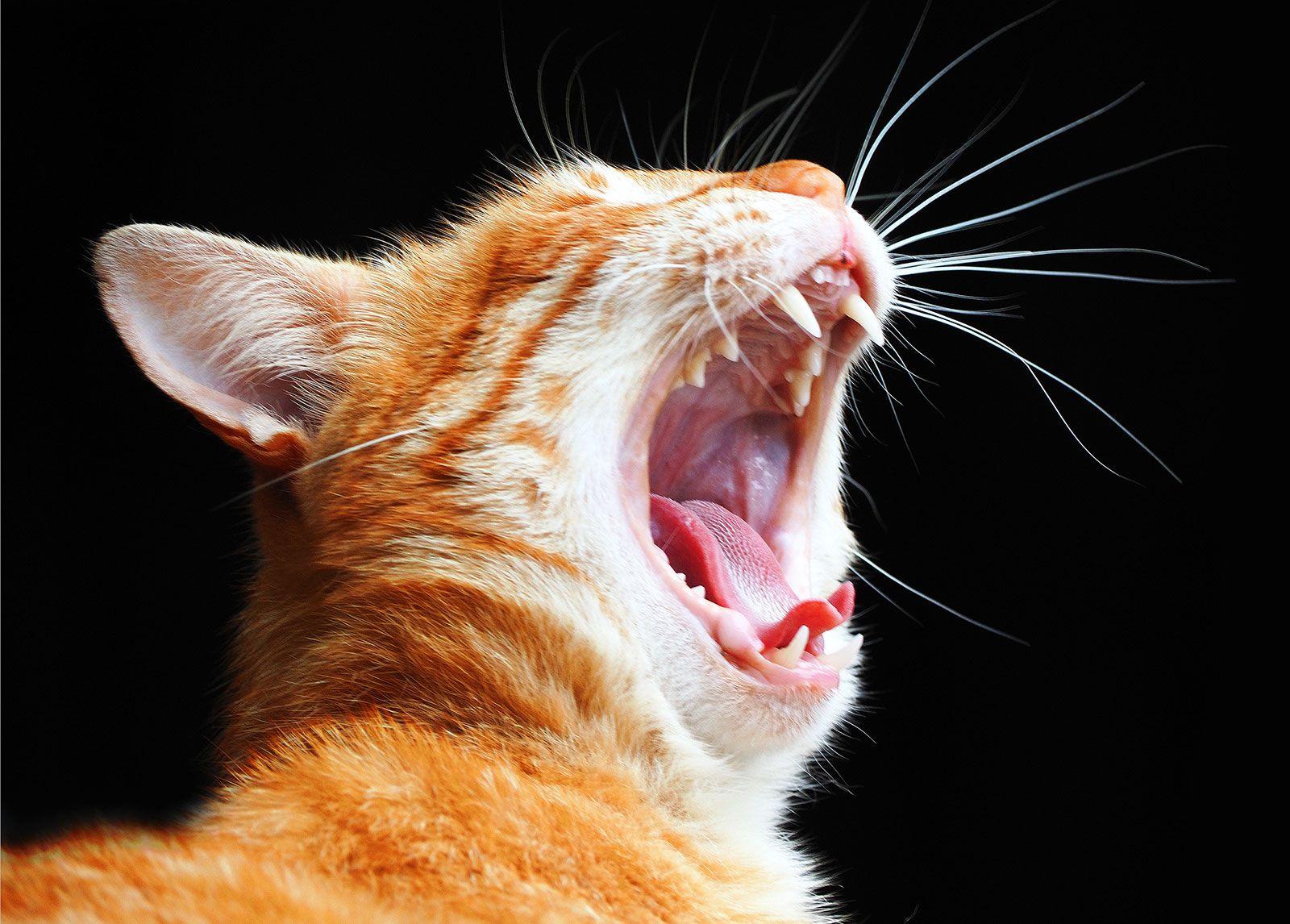
Identifying Potential Risks for Your Feline Friend
When it comes to your cat’s diet, inadvertent snacking on dog food can be a cause for concern. While an occasional bite may not lead to immediate harm, it’s essential to be aware of potential risks associated with a diet formulated for canines. Cats have specific nutritional requirements that differ significantly from those of dogs, and dog food typically lacks certain vital nutrients such as taurine, an amino acid crucial for feline health. Prolonged consumption of dog food can lead to nutrient deficiencies and health issues over time, including heart problems and impaired vision.
In addition to nutritional inadequacies, there are other factors to consider when assessing the risks of your cat consuming dog food. Some ingredients found in dog food, like certain fillers or additives, may not sit well with your cat’s digestive system. It’s also important to watch for any signs of allergic reactions or gastrointestinal upset, which might manifest as vomiting, diarrhea, or lethargy. Keeping your cat safe and healthy requires vigilance, so if you notice any concerning symptoms, don’t hesitate to consult your veterinarian.
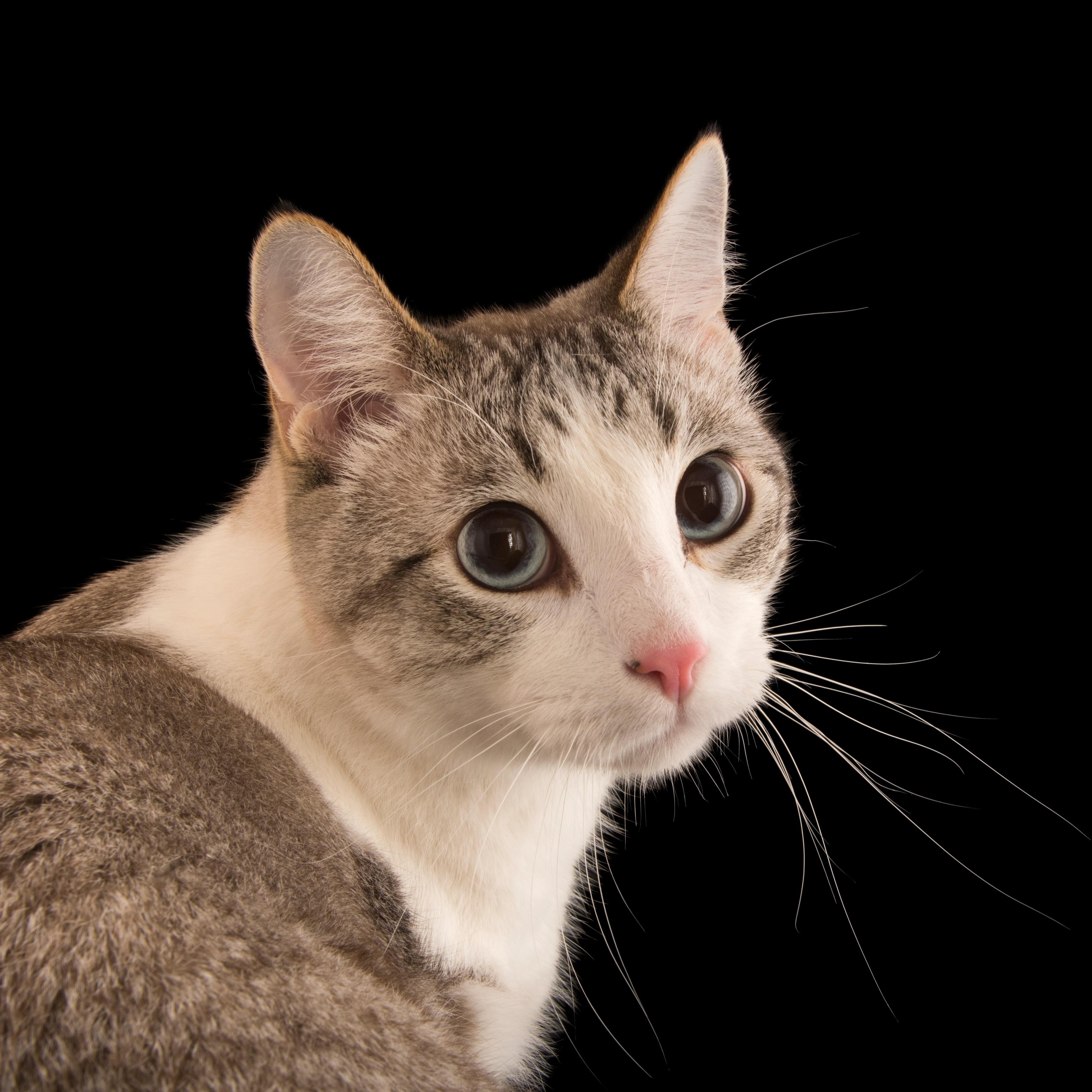
What to Do If Your Cat Eats Dog Food: Tips for Pet Owners
If you discover that your cat has snacked on dog food, you might be concerned about their health and well-being. While it’s not immediately harmful for a cat to eat dog food occasionally, it’s essential to understand why cats require a specific diet. Dog food lacks certain nutrients that are vital for feline health, particularly taurine, arachidonic acid, and certain vitamins. Over time, a diet primarily consisting of dog food can lead to deficiencies and health issues in cats.
To mitigate any potential risks, here are some steps to take:
- Monitor your cat: Keep an eye on their behavior and appetite for the next 24 hours.
- Consult your veterinarian: If your cat shows any signs of distress or unusual behavior, contact a vet for advice.
- Prevent future snacking: Store dog food in a place inaccessible to your cat.
- Provide the right diet: Ensure your cat has access to high-quality cat food to meet all their nutritional needs.
In case you’re curious about the differences between cat and dog food, here’s a quick comparison:
| Aspect | Cat Food | Dog Food |
|---|---|---|
| Protein Content | High | Moderate |
| Taurine | Essential | Not Required |
| Arachidonic Acid | Essential | Not Required |
| Vitamins | Specific to Cats | Specific to Dogs |
By keeping these factors in mind and understanding the dietary requirements of your pets, you can help ensure that your furry friends remain healthy and happy.
Q&A
Q&A:
Q1: Is it safe for my cat to eat dog food once in a while?
A1: While an occasional small amount of dog food isn’t usually harmful, it’s not recommended as a regular part of your cat’s diet. Cats have specific nutritional needs that dog food doesn’t adequately meet, particularly concerning protein and certain essential nutrients like taurine.
Q2: What are the main differences between cat food and dog food?
A2: The primary difference lies in the nutritional content. Cat food is designed to be higher in protein and contains essential nutrients that cats need, such as taurine, arachidonic acid, and vitamin A. Dog food, on the other hand, is formulated for dogs’ nutritional needs, which are less stringent in some areas. Feeding cats dog food long-term can lead to serious health issues.
Q3: What should I do if I catch my cat eating dog food?
A3: If it’s a one-time event, there’s generally no need for concern. Monitor your cat for any unusual behavior or symptoms. If the behavior continues or your cat shows signs of distress, consult your veterinarian for advice.
Q4: Can eating dog food make my cat sick?
A4: While a small quantity is likely to be fine, regular consumption of dog food can lead to nutritional deficiencies. Symptoms of imbalances could include lethargy, weight loss, or digestive issues. It’s always best to consult with your vet if you notice any concerning signs.
Q5: How can I prevent my cat from eating dog food?
A5: To prevent your cat from sneaking dog food, try feeding your dog in a separate area and at specific times. This way, your cat won’t have easy access. You might also consider keeping dog food out of reach, such as in elevated feeding stations.
Q6: What are the signs that my cat might be experiencing nutritional deficiencies?
A6: Signs of nutritional deficiencies include poor coat condition, lethargy, changes in appetite, weight loss, or gastrointestinal upsets like vomiting or diarrhea. If you observe any of these symptoms, it’s advisable to consult your veterinarian.
Q7: Should I transition my cat to a special diet if they have been eating dog food?
A7: If your cat has been eating dog food regularly, it’s a good idea to transition them back to a high-quality cat food that meets their dietary needs. Do this gradually over a week or so to avoid digestive upset. If you have concerns about your cat’s health, consult with your veterinarian for specific recommendations.
Q8: Can I give my cat dog food in emergencies?
A8: In an emergency where cat food isn’t available, a small amount of dog food is preferable to letting your cat go hungry. However, it should not become a substitute for their regular diet. Make sure to obtain the proper cat food as soon as possible to meet their nutritional needs.
Q9: Are there any brands that produce food suitable for both cats and dogs?
A9: While most pet foods are specifically tailored for either cats or dogs, there are a few brands that offer products designed for both species. However, it’s essential to read the labels carefully to ensure they meet your cat’s nutritional requirements. Always prioritize food specifically formulated for cats to keep them healthy.
Q10: Where can I learn more about my cat’s dietary needs?
A10: To learn more about your cat’s dietary needs, consult your veterinarian, who can provide personalized advice based on your cat’s age, health, and lifestyle. Additionally, reputable pet health websites and resources can offer valuable information on proper feline nutrition.
Wrapping Up
while it may be concerning to find your feline friend indulging in a bowl of dog food, it’s important to remember that occasional nibbling is generally not harmful. Cats have unique dietary needs that differ from dogs, so it’s crucial to ensure they primarily consume a balanced, species-appropriate diet. If your cat has a taste for dog food, it may be time to reassess their nutrition or feeding habits to prevent future escapades.
Always keep an eye on your pet’s health and behavior, and consult with your veterinarian if you have any concerns. They can provide guidance tailored to your cat’s specific needs and help you create a balanced diet that keeps them happy and healthy.
Thank you for reading! We hope this article has shed some light on the topic and reassured you about your cat’s culinary curiosity. After all, our furry companions are known for their playful antics and sometimes surprising choices. Stay informed, and keep those bowls filled with the right food for each of your beloved pets!


